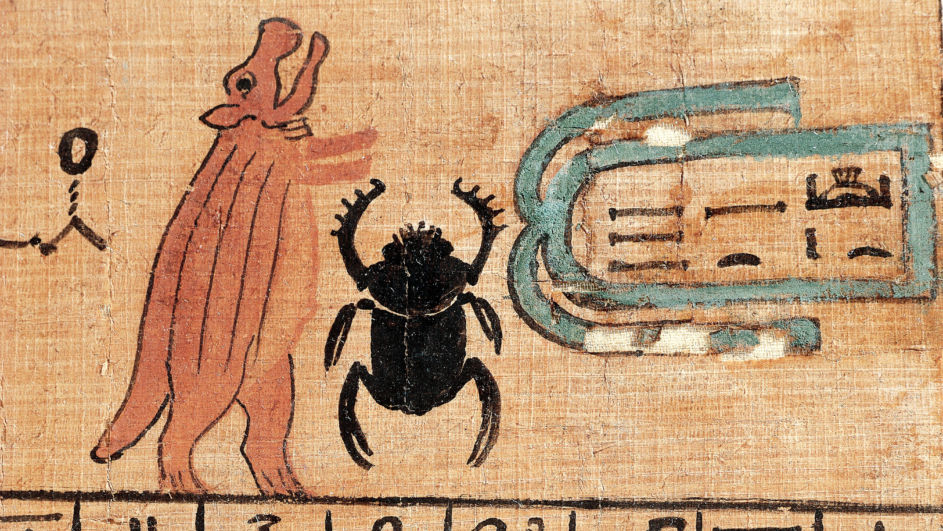Nature, History, Science
Animals of the Afterlife
Synopsis
At a Tutankhamen exhibition in San Francisco, two scientists are struck by the decorations and funerary objects meant to ensure safe passage into the afterlife. But it is not the images of deities and ritual that attract their attention, it is the detail renderings of animals and plants – the natural world outside the pyramids.
They find illustrations and sculptures of lions, wild dogs, striped hyenas, elephants, giraffes, wildebeest, hartebeest, and many species of gazelle. They are animals familiar to the scientists, but they would expect to find these species in verdant East Africa, not in Egypt.
What happened to these animals? Could the answer lie in the enigmatic artefacts created for the ultimate cult of the dead?
So begins a quest to piece together a puzzle of extinction from clues scattered in tombs and ancient texts. The scientists track the disappearance of animals like the Dama Deer, the Beisa Oryx and the Short Maned Lion through their disappearance in written and illustrated records. 37 species of large-bodied mammals once lived in Egypt. Today, only 8 remain.
Did the Ancient Egyptians hunt these animals to extinction? There is plenty of evidence that the Egyptians treated many species as sacred. Egyptian towns usually had their own local sacred animal and they lived a pampered life in and near the temples and religious centres; while half human half animal deities like Thoth, Anubus and Horus loom large in the pantheon of gods.
So how did these animals disappear?
The story unfolds over 6,000 years – an unprecedented period of time for such an investigation. The answers come from an understanding of the predator-prey relationships in East Africa, paleontology, archaeology and climate science. What emerges is a cautionary tale, but one with solutions for the dilemmas we face today.
Here is a new story of the Pharaohs, their pyramid builders and artisans. They didn’t just leave us clues to a glorious past civilization, but to the secret of saving species from an afterlife called extinction.

